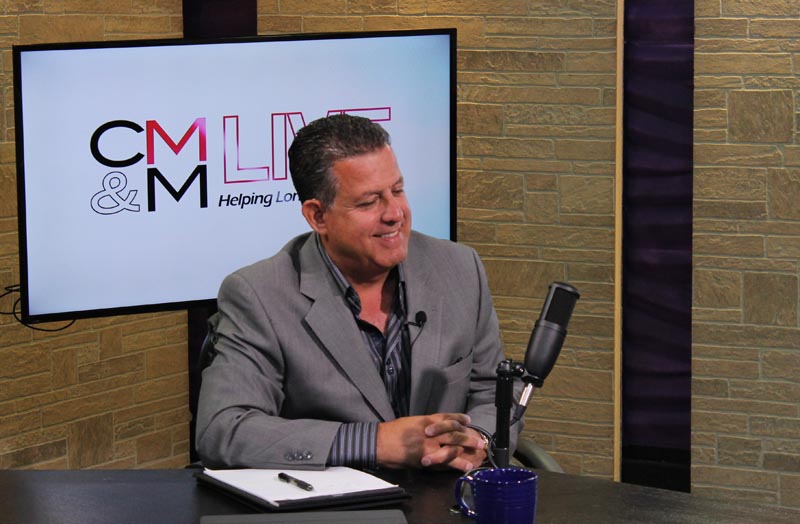Whether you’re a business owner, in sales, a provider of professional services, or a member of just about any profession that deals with the public, you’re going to deal with “difficult” clients. I don’t believe that professionals need (or should) give in to an unreasonable client’s every demand. However, we’re operating in a time when a bad Yelp review can tank your business – so it’s important to have the proper tools, training, and support in your negotiation toolkit to successfully navigate uncomfortable interactions with difficult clients. Here are some strategies I follow as a business owner to keep tough client interactions at bay – and deal with them in a reasonable, productive manner when they happen.
- Listen
Often a client lashes out not because he’s a jerk or thinks you don’t know what you’re doing, but because he feels you’re not hearing him. I remember many years ago, a client repeatedly clashed with a colleague of mine who is universally described as brilliant and an expert in his field. After many unpleasant phone calls and tense meetings, we found the source of the problem: the client was frustrated that my colleague hadn’t picked up on how important a particular issue (which my colleague thought was minor) had become to the client. He didn’t care that my colleague was an award-winning lawyer, because he was an award-winning lawyer who wasn’t listening. Finally listening to the client saved the relationship and opened the door to honest communication going forward.
- Empower Employees
The quickest way to throw a client relationship in the garbage is to set up roadblocks for them at every turn when dealing with your company. No client wants to hear “Sorry, she’s on vacation, can you call back next Wednesday?” or “That’s not how we do things.” Does that mean that you should give a client the vacationing employee’s cell phone number or change existing policies to avoid a client meltdown? No. But your employees must be empowered to service your clients/customers. If someone working on an active client engagement will be away, for example, she should notify the client and share the contact information for another employee in the office who will (actually) be able to move things forward in her absence. Or, if a customer is upset about an office policy, employees must have the authority to handle the situation – not simply say “I need to talk to the boss, and she’s not here.”
- Build Affiliation
Unpleasant interactions with clients and customers decrease when there’s a strong connection between you. But of course, you can’t be best friends with every client – time won’t allow it, and it’s just not realistic. But if you take the time at the start of the relationship to find common ground – “Oh, I also belong to Planet Fitness!” (clearly not an example from my own life) or “I hear you – I just went through the college application process with my daughter” (more like it) – the less likely the relationship will sour if you hit future bumps in the road. Investing a little time now to go beyond talking about the weather and traffic will go a long way.
- Consider the Big Picture
Despite your best efforts, you’re still going to run into difficult clients. The key to negotiating with them is to be able to see the bigger picture. If an unreasonable client is demanding a refund or discount that you feel is unjustified, is it better to give in and move on, or dig in your heels and negotiate? The answer depends on the situation, but it’s critical to take a step back and a moment to think about it. The only thing that responding angrily in the heat of the moment will give you is another unpleasant negotiation in the future.










 Ronkonkoma, NY –
Ronkonkoma, NY – 



